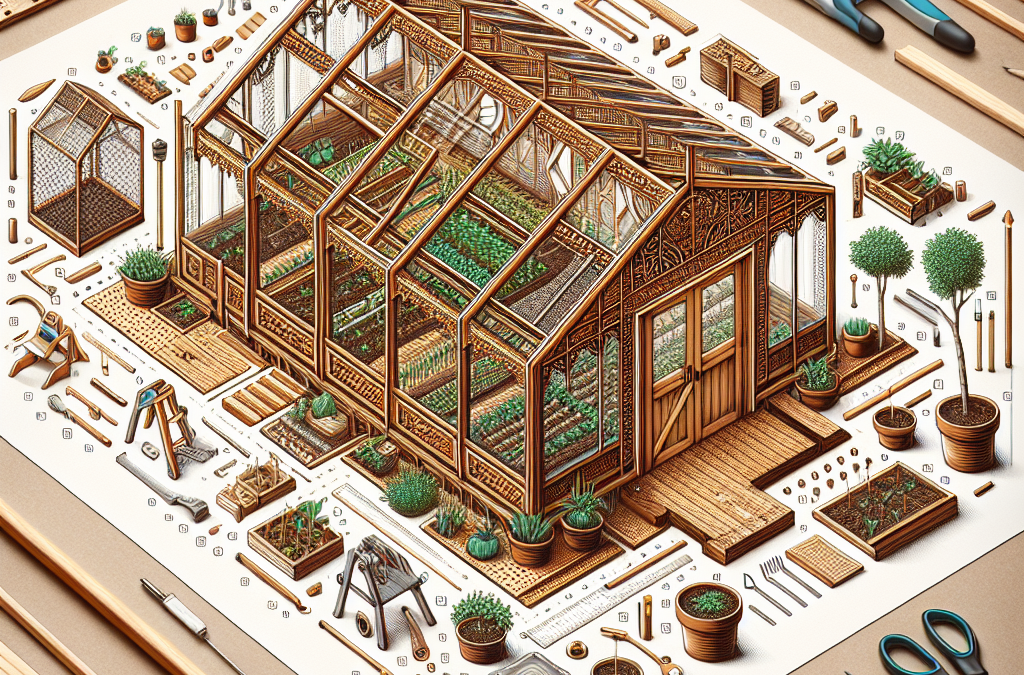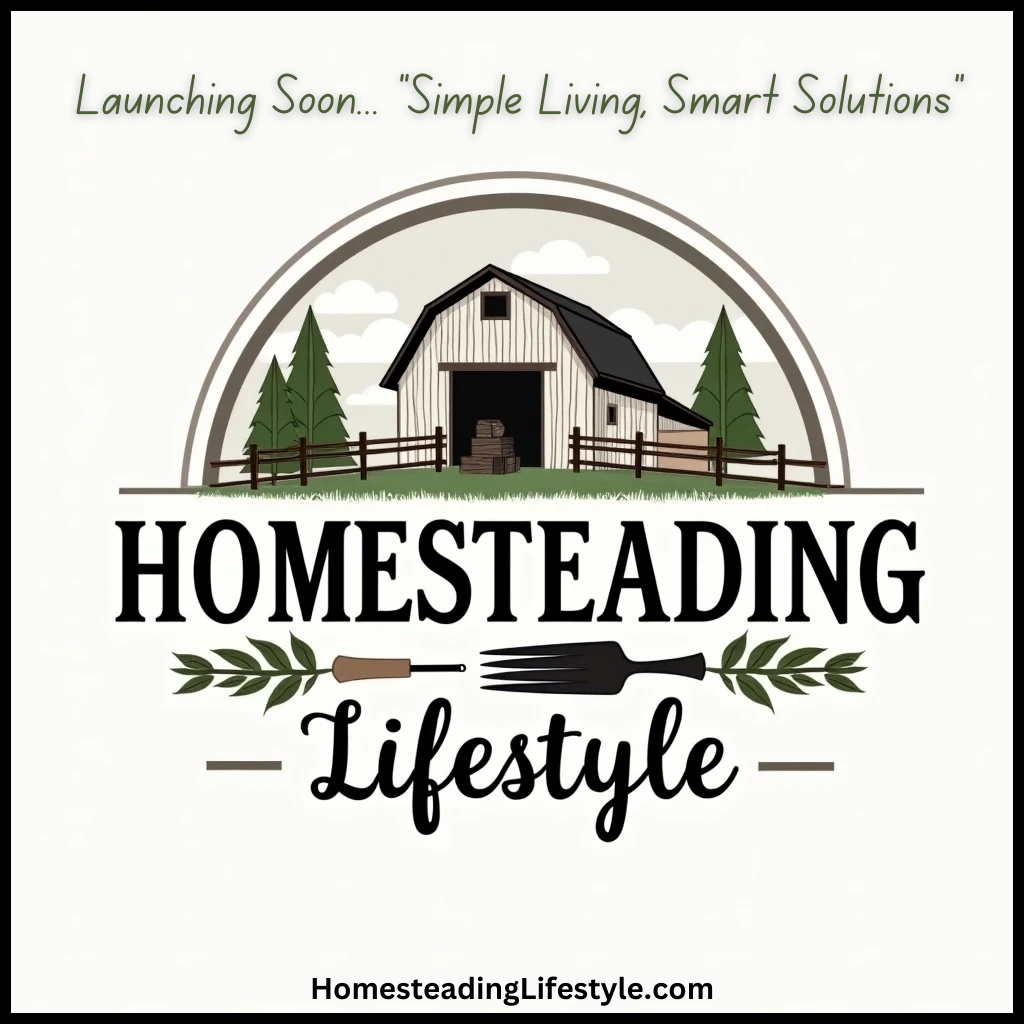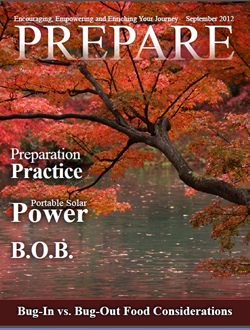Choosing the Right Location
Sunlight Exposure
When I first started planning my greenhouse, I quickly realized that where I put it makes all the difference. Plants thrive on sunlight, so finding a spot that gets a good amount of sun throughout the day is essential. I recommend surveying your yard to see where shadows fall at different times of the year. This way, you’ll avoid putting your greenhouse in a place that’s shaded by trees or your house.
You want a spot that not only gets full sun for most of the day but also remains warm during the colder months. I learned the hard way that too much shade can stunt plant growth, leading to disappointing yields. The right location can save you time and money in the long run.
So, get out there and take a good look around! You might be surprised at how the sun changes from season to season. It’s worth the effort to find that sweet spot where your plants can bask in the sunlight!
Accessibility and Convenience
Another critical thing to consider is how accessible your greenhouse will be. Initially, I placed mine in a really cozy corner of the yard, only to regret it during winter when I needed to lug pots of dirt and fertilizer. Make sure you can easily get in and out without dealing with bushes or other obstacles.
Having water and electricity access nearby is a huge plus too. Trust me, dragging a hose all the way across the yard isn’t fun when you’re in the middle of potting up new plants! Ideally, you’d want a spigot and maybe even a power outlet for heaters or lights during the cold months.
Assessing pathways and general accessibility will save you future headaches and can make your gardening experience much more enjoyable. Let’s be real—gardening should be a pleasure, not a chore!
Local Climate Considerations
Understanding your local climate is vital when building your greenhouse. I had to do some research to figure out what materials would work best in my area. For instance, if you live in a place that experiences brutal winters, you might want to invest in double-layer polycarbonate panels for extra insulation.
Conversely, if you’re in warmer regions, proper ventilation becomes crucial. I learned from experience that I needed to install some roof vents to help regulate the temperature during scorching summer days, which can otherwise turn your greenhouse into an oven!
Don’t forget to take into account local pest pressures as well. Certain regions are prone to specific pests, and knowing this can help you take preventive measures. Racing against nature is tough, but knowing it can be on your side is a game-changer!
Materials Selection
Framework Choices
Selecting the right framework for your greenhouse is another critical step. I started with wood thinking it would look nice, but I quickly learned that metal frames, like galvanized steel, can withstand the elements way better. Wood can warp and rot over time, which is a bummer. Metal structures not only have better longevity but are also easier to anchor down!
It’s also worth considering the design. A-frame greenhouses are great for smaller spaces, while a dome shape can allow for better heat retention. Picking the right style will depend on your space and, of course, your aesthetic preference.
Overall, spend some time thinking about what materials suit your needs and climate, as this will set the foundation for your greenhouse project. You really don’t want to have to rebuild or repair your greenhouse every few years because of poor material choices!
Covering Options
The covering you choose is as important as the frame itself. I started out with plastic sheeting, thinking it would be economical, but soon realized it doesn’t offer the insulation and durability I needed. After a season filled with scrappy repairs, I upgraded to polycarbonate panels, which were a game-changer!
Depending on the growing season, certain coverings can help to maintain heat or repel excessive sunlight. For instance, during the summer, I use a lightweight shade cloth to filter the intense sun hitting my plants. This experience taught me the significance of choosing the right covering material based on seasonal needs.
Remember to factor in how easy the covering is to replace, too. Wear and tear over time is inevitable, so the simpler the replacement process, the better. Trust me, you’ll be thankful for an easy fix in the long run!
Flooring Materials
Flooring might not seem like a huge deal, but let me tell you, it can change your whole experience in the greenhouse. I originally put down gravel, thinking it would be easy. Little did I know, it created a mess every time it rained! I later opted for concrete, which is more durable and easy to sweep clean.
It’s essential to have a solid, level surface that allows for easy movement and plants’ stability. If you can make it slip-resistant, even better. I can’t tell you how many times I’ve nearly eaten dirt while moving around wet surfaces!
Take your time choosing flooring options, and consider your climate and how you plan to use the space. The right foundation can make your gardening tasks much more manageable and enjoyable.
Plant Management and Care
Scheduling Maintenance
Once your greenhouse is up and running, regular maintenance schedules become crucial. In my first year, I was pretty lax about it and realized too late that plants need constant attention! I now set aside specific times each week dedicated to tasks—watering, pruning, and checking for pests.
Keeping this routine not only ensures that your plants remain healthy but also gives you the chance to catch potential problems before they escalate. Sometimes, I catch myself getting so involved in new plant arrangements that I forget the basics—keeping it routine helps prevent this!
Regular checks on humidity levels, temperatures, and soil moisture can save you from nasty surprises down the line. After a while, you’ll find a rhythm that works best for you and your plants!
Choosing the Right Plants
Deciding which plants to grow in your greenhouse will depend on your preferences and climate. I started with herbs and vegetables, but noticed that some plants thrived while others struggled. Choosing the right mix takes some trial and error.
Learn about companion planting to maximize space and health in your greenhouse. Some plants can thrive together, while others just can’t stand the sight of each other! Figuring this out was a fun part of my gardening journey, and I am still discovering new combos.
Consider starting with seedlings or small plants that you can nurture until you find your rhythm. Think of your greenhouse as your personal plant lab—it can be exciting to experiment with different growth patterns and discover what works best!
Implementing Pest Control
Preventing pests from invading your greenhouse should be part of your initial planning. I learned that I needed to set up barriers and traps right from the start. I utilize sticky traps and natural deterrents before serious infestations can occur.
Regularly inspect your plants for early signs of pest damage. This is where the routine maintenance can come in handy! I often catch little issues before they become a big problem by simply observing my plants closely during my care routine.
Integrating beneficial insects into your ecosystem can also work wonders. Beneficial predatory insects can help keep the bad ones in check naturally. Before you know it, you’ll develop a balanced environment that fosters healthy growth!
Optimizing Environment for Growth
Temperature Control
Managing the temperature inside your greenhouse is crucial for the plant health and growth. I’ve experimented with various heating solutions and have found that using thermal mass can be beneficial. Filling containers with water can help to absorb heat during the day and release it at night, making for a more stable environment.
Ventilation is equally important—don’t underestimate the power of air circulation! I installed windows and vents that I can open and close depending on the temperature outside. This maintains a more consistent climate for my plants.
If you’re in an area that gets particularly hot, consider installing shade cloth to keep the inside cooler. Learning about temperature fluctuations and how to manage them has been a game changer for my greenhouse experience.
Watering Systems
Watering can become a daunting task, especially in a bustling greenhouse. I initially tried hand-watering, but it became overwhelming quickly. I soon switched to a drip irrigation system, which has saved me time and effort while providing more efficient water usage.
Establishing a watering schedule based on plant needs can also help. Certain plants need more moisture than others, and having a system in place has made my watering routine much easier. Keeping a calendar of your watering schedule provides discipline, and I love seeing the plants flourish!
Make sure to monitor your soil moisture regularly. If you have an automatic system, consider checking in periodically to adjust levels depending on the weather and your plant’s growth stages!
Lighting Options
Natural sunlight is fantastic, but sometimes you might need additional grow lights to support your plants, especially during the shorter days of winter. I’ve found LED grow lights particularly useful because they don’t consume as much energy and simulate the perfect sun spectrum.
In my greenhouse, I can adjust the lights based on plant growth stages, which really supports healthy growth throughout the year. I learned that timing and intensity matter a lot when it comes to lighting—too much light can be just as harmful as too little!
Experiment with placements and types of lights until you find what works best for your setup. Your plants will reward your efforts with their lush growth and beauty in no time!
FAQ
What materials should I use for my DIY greenhouse?
For the frame, wood or metal options are most common, but metal tends to last longer. For the covering, consider using polycarbonate panels for durability or plastic sheeting for a cheaper alternative. The flooring can vary based on preference, but concrete is a solid choice for stability.
How do I control the temperature in my greenhouse?
You can manage temperature by using thermal mass methods, adequate ventilation (like windows and vents), and possibly shade cloths during hot months. Monitoring and adjusting based on your plants’ needs is key!
What plants are best suited for greenhouse growing?
Start with herbs and vegetables that you enjoy! Pay attention to your climate and do some research on companion planting so you can maximize space and plant health within your greenhouse.
How often should I check on my plants?
I recommend checking your plants at least once a week for watering, pest checks, and general health. Regular check-ins can help you catch potential issues early and make maintenance much easier!
Is it difficult to build a DIY greenhouse by myself?
It can be depending on your experience and the size of the greenhouse, but it’s definitely doable! Just take it one step at a time, work within your skill level, and ask for help if needed. Enjoy the journey!





